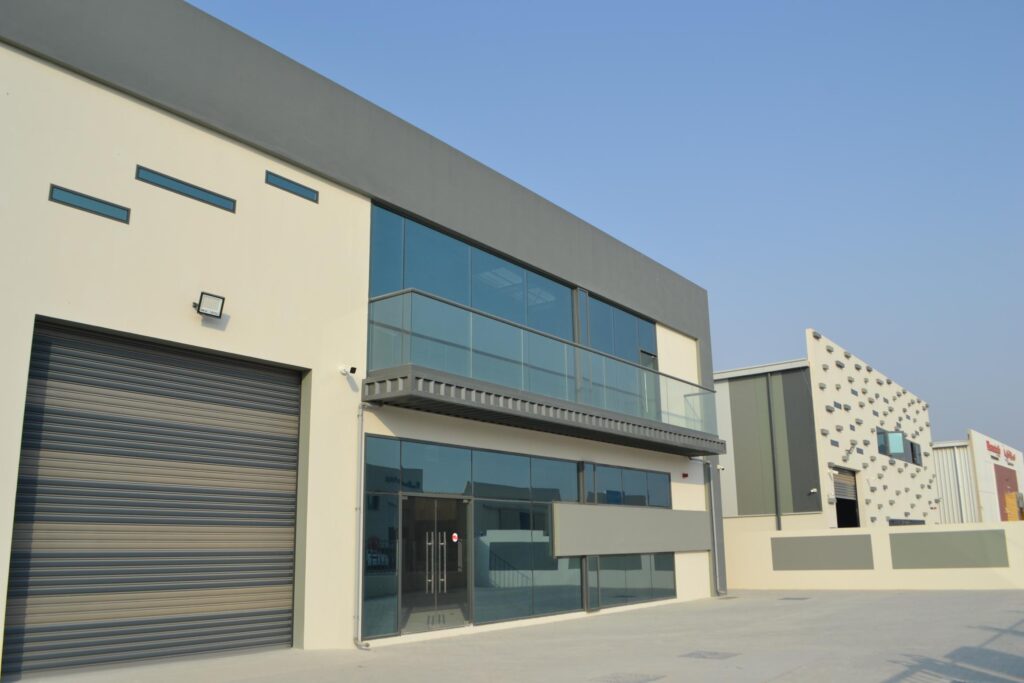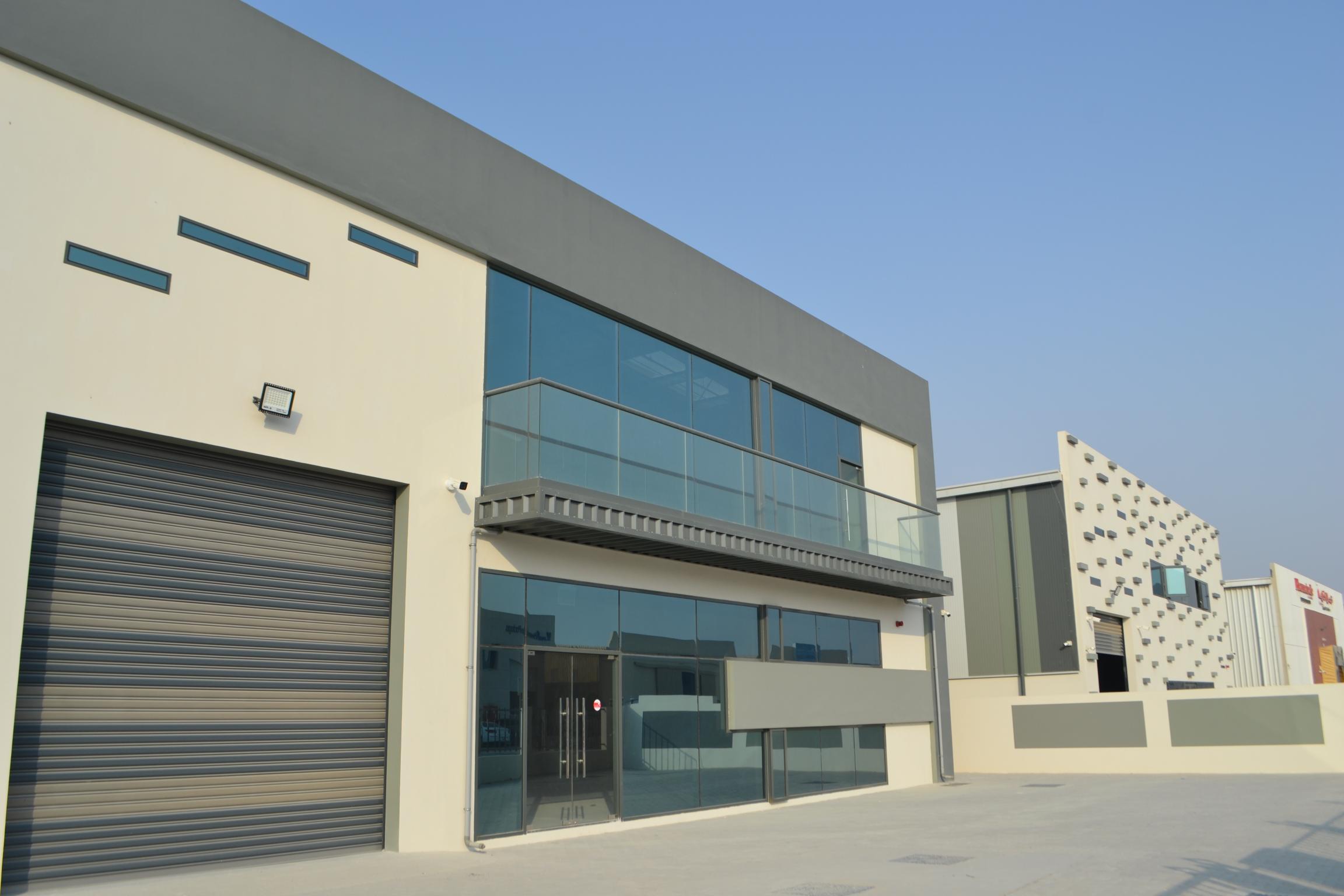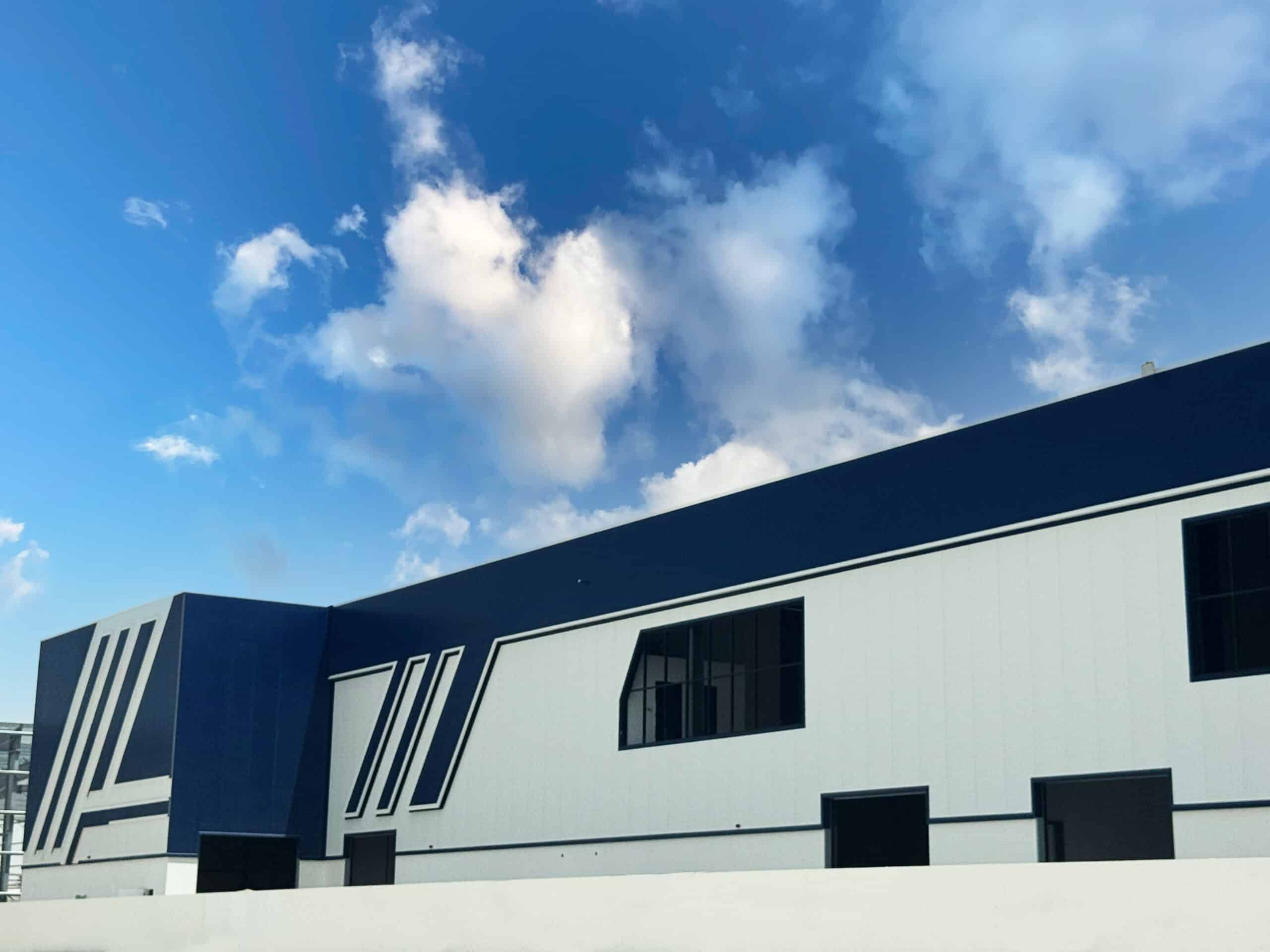Introduction
While terms like green energy get thrown around often, many people still wonder, how does green energy work? The demand for clean energy has never been higher. According to the International Energy Agency (IEA), renewable energy sources accounted for nearly 30% of global electricity generation in 2023, a figure expected to rise sharply as governments and industries push for net-zero emissions (IEA, 2023).
In this article, we’ll dive into how green energy systems function, how green buildings help save energy, and explore innovations—from Masdar City’s groundbreaking green energy projects to the future of green energy harvesting. Let’s break it down in a way that’s simple, practical, and packed with real-world examples.
How Does Green Energy Work
Green energy is all about tapping into natural sources—sunlight, wind, water, even organic waste—and converting them into usable electricity or heat, without polluting the planet. These sources are renewable, meaning they won’t run out any time soon, and they produce little to no emissions during use. That’s what makes them so special.
Let’s look at some of the major types and how they work:
Solar Power
Solar energy is probably the first thing that comes to mind when you hear “green energy.” It works by capturing sunlight and converting it into electricity using photovoltaic (PV) cells. These are the shiny panels you see on rooftops and solar farms. Some systems also use solar thermal energy to heat water or air for buildings.
What’s really cool is that solar is flexible. It can power a calculator, a house, or even an entire city. In places like Masdar City in the UAE, solar power plays a huge role in shaping green infrastructure. A major green energy project there involves large-scale solar farms designed to meet the city’s clean energy needs.
Setting up a solar energy system usually involves installing solar panels, an inverter to convert the generated electricity into a usable form, a battery system for storage (optional but highly recommended), and connecting everything to either a standalone system or the main grid. Depending on whether it’s an on-grid or off-grid setup, you can store excess power or even sell it back to the utility company. With advances in technology, solar system setups have become more affordable, more efficient, and way easier to maintain than they were just a decade ago.
Wind Power
Wind energy uses turbines to convert the kinetic energy of moving air into electricity. As wind turns the blades, the rotor spins a generator, producing clean power. This method is especially effective in coastal and elevated areas where wind speeds are consistently high.
Modern wind farms, whether offshore or on land, are among the best examples of green energy that are scaling fast around the world. And thanks to tech advances, wind turbines are becoming quieter, more efficient, and cheaper to install.
Hydrogen Energy
Hydrogen is gaining popularity as a clean energy source, particularly for transportation and heavy industries. It’s not found in pure form, so it must be extracted—often from water through a process called electrolysis, which splits water molecules using electricity.
If that electricity comes from renewable sources, we call it green hydrogen. It’s clean, powerful, and packs a lot of energy per kilogram, making it an exciting area for future green energy innovations.
Biomass
Biomass energy comes from organic materials like wood chips, agricultural waste, and even algae. These materials are burned or processed to generate electricity, heat, or fuel. While burning anything releases CO₂, biomass is often considered “carbon neutral” because the plants absorb CO₂ as they grow.
Still, how green biomass really is depends on how it’s sourced and used. For instance, a well-managed biomass system can be part of a sustainable loop—another reason it’s commonly listed among examples of green energy.
BioFuel
Unlike biomass, which is usually burned directly, biofuels are processed into liquids like ethanol or biodiesel. These fuels can replace or supplement traditional gasoline and diesel in vehicles. And they’re already in use in sectors like aviation and shipping.
While biofuels have been around for a while, new techniques are making them more sustainable. Think algae-based fuels and waste-to-fuel projects that aim to reduce dependence on fossil fuels in transport.
How Do Green Buildings Save Energy
Now that we’ve covered how green energy works, let’s explore how it integrates with the buildings we live and work in.
Heating and Cooling
One of the biggest energy drains in any building is the heating and cooling system. Green buildings use technologies like geothermal heat pumps, high-performance insulation, and advanced HVAC systems to regulate indoor temperatures efficiently.
But it’s not just about equipment. Design plays a role too—green buildings often include shaded windows, green roofs, and proper building orientation to reduce heat gain in summer and retain warmth in winter.
Energy-Efficient Building Design and Materials
From daylight-maximizing windows to airtight construction, green buildings are engineered for low energy consumption. Natural ventilation, thermal massing, and smart lighting systems all contribute to cutting down electricity use.
Take sustainable bricks, for example—these eco-friendly materials are made from recycled or locally sourced materials and help with temperature regulation. They’ve become a go-to in energy-conscious design, especially in arid regions like the Middle East.
Read our guide: Are Sustainable Bricks A Construction Solution
Renewable Energy Integration in Buildings
Modern green buildings don’t just consume less energy—they produce their own. Solar panels, mini wind turbines, and even green energy harvesting systems like kinetic floor tiles are being used to turn buildings into mini power plants.
In cities like Dubai, this integration is being supported by trends in steel construction in Dubai that blend robust structural design with eco-conscious features, enabling green energy systems to be safely embedded into large-scale buildings.

Green Energy Innovations in the UAE
The UAE is rapidly positioning itself as a global leader in sustainable energy. While it may be best known for oil, it’s now also a hub for green energy innovations.
One standout example is Masdar City, a master-planned eco-city in Abu Dhabi built entirely on renewable energy. The city uses solar, wind, and waste-to-energy technologies while experimenting with urban planning models that reduce energy consumption.
Other innovations in the UAE include:
- AI-integrated energy management systems
- Smart grids for efficient energy distribution
- Desert-adapted solar panels with dust-resistant coatings
Plus, smart construction technology is helping make buildings more responsive to their environments, reducing waste and optimizing energy use from day one.
Read our guide: Smart Construction Technology
What Makes Solar Energy Green?
You might wonder—if solar panels are made in factories and installed with cranes, how is solar energy green?
Zero Emissions During Operation
Once installed, solar panels don’t emit any greenhouse gases. They silently sit on your roof or a solar farm, soaking up sunlight and turning it into electricity without pollution.
Material and Lifecycle Sustainability in Solar Technologies
New developments in solar tech are also tackling the question of manufacturing impact. For example, panels made with less toxic materials, longer lifespans, and higher efficiency rates are helping make the entire lifecycle greener.
Plus, there are exciting technologies like Building-Integrated Photovoltaics (BIPVs) that replace traditional building materials with energy-generating alternatives. That’s form and function, all in one.
How Does Green Energy Harvesting Work?
Green energy harvesting refers to collecting ambient energy—like sunlight, heat, or movement—and converting it into usable electricity.
Kinetic and Thermal Energy Collection
Think of gym floors that generate power from footsteps or windows that collect heat during the day and release it at night. These are small-scale, passive systems designed to supplement energy use.
Materials like phase-change compounds or thermoelectric materials are used to store and convert heat into electricity, especially in off-grid or low-power environments.
Energy Storage and Grid Integration
Once harvested, energy often needs to be stored for later use. That’s where battery tech comes in. Green energy harvesting systems are increasingly paired with smart battery systems that help smooth out energy supply, especially for solar or wind power that varies throughout the day.
In urban areas, this is crucial. Energy from dozens of micro-sources—like rooftops and sidewalks—can be stored locally or sent back to the grid, forming the foundation of a decentralized, resilient power network.
Conclusion – How Does Green Energy Work
So, how does green energy work? – As you may have noticed, green energy isn’t just a buzzword — it’s how we build a cleaner, smarter, and more sustainable future. By understanding how green energy works, we can see the huge impact it already has on everything from how we power our homes to how entire cities like Masdar City are being designed around renewable solutions.
With examples of green energy like solar, wind, hydrogen, and biofuels leading the way, and new green energy innovations constantly pushing the limits, the future looks a lot greener than the past. Add in the power of green energy harvesting and smarter urban planning, and it’s clear we’re moving toward a world where energy doesn’t just come from burning stuff — it comes from working with nature instead of against it.
Whether it’s a massive green energy project or making simple upgrades in how we build and live, every step toward sustainability matters. And when someone asks you, what makes solar energy green, or how do green buildings save energy, now you’ll have the real answers — and the proof that the green revolution isn’t just possible, it’s already happening.

